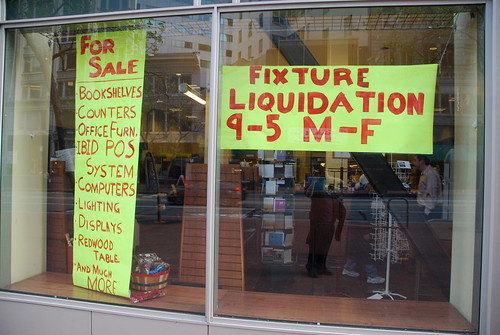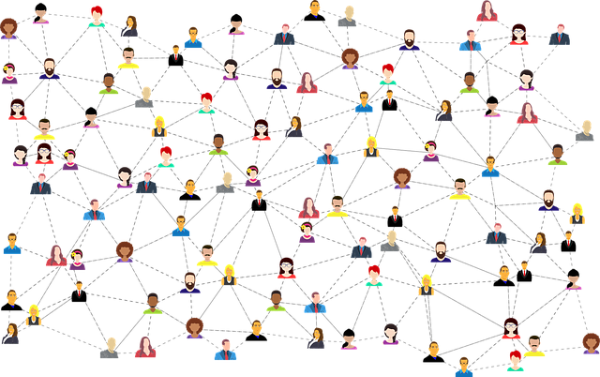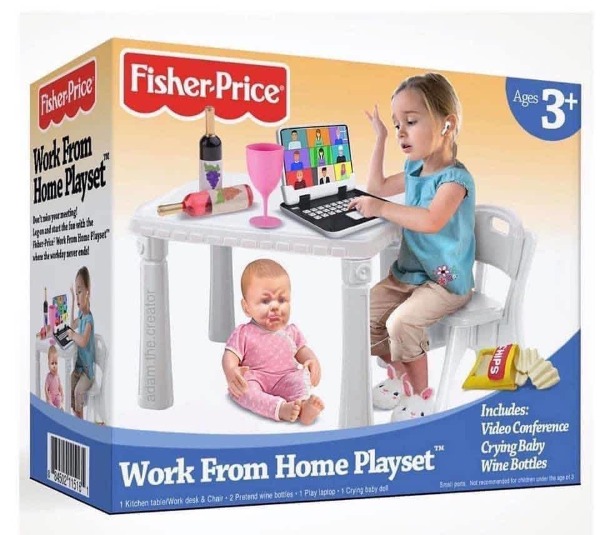The Last Bookstore on Earth

My title - The Last Bookstore on Earth - sounds like science-fiction. In 2021, it is sci-fi future thinking, but it might well be true in 2071 and I wouldn't be shocked if it turns out to be true much sooner. We know that physical bookstores have been closing ever since Amazon and the age of online booksellers began.
This past weekend was Independent Bookstore Day and brick and mortar bookstores still have ardent supporters - me included - but it's tough to keep a store going just selling books. The pandemic didn't help them, but the pandemic did help online book sales.
There is a whole bookshelf worth of "the end of" books. I have read three: The End of Everything: (Astrophysically Speaking), The End of History, and The End of Science. Of course, all those things are still goingSome young people may not know that Amazon.com started as a bookstore, but it fairly quickly expanded and now (especially by using third-party suppliers) it seems to sell everything and threatens not only bookstores but all kinds of stores.
My inspiration to write today came from watching the documentary The Last Blockbuster on Netflix. It tells the story of Blockbuster Video, the video rental company that put many independent video rental stores out of business. One way it did that was by making distribution deals with film studios.
It is an interesting history because movies on video were at first seen as a threat to movie theaters. That initial fear turned out to be less threatening than first thought because there were still plenty of people who wanted to see movies on a big screen and when they were released rather than months later when they hit video. This path has been traveled again, especially in the past pandemic year, with closed theaters and greatly increased streaming video use.
There were several indie video stores in my neighborhood when Blockbuster opened a large store. The indies could not compete with the wide selection and many deals. (About the only thing the indies could offer was pornography which was not in Blockbuster.) Blockbuster had made revenue-share deals and so could negotiate lower prices than their local stores in exchange for a cut of the rental fees.
There is a nice irony in The Last Blockbuster being released by Netflix which wiped out the video stores of all sizes and helped wipe out the DVD market too.
But Netflix doesn't own the streaming business anymore. Hulu, Apple, Disney and Amazon Prime are examples of services that not only offer subscriptions but also additional rentals and, most significantly, are funding original content that they will own exclusively. Media companies, such as CBS, Paramount, that sold content to places like Netflix have now started their own streaming services and let their deals with the older services lapse.
VCRs were replaced by DVRs which are being pushed aside by streaming. Netflix pushed aside stores and DVDs. Online booksellers hurt bookstores, though most now offer online purchasing and during the pandemic offered curbside pickup and some offered virtual author events and readings.
People will return to movie theaters as pandemic restrictions disappear. People who went to bookstores to browse will return too. Students who were learning online for the past year are returning to their classrooms and predictions are that they will be back to a kind of normal this fall. But all of these institutions and businesses are changing because of moves online that occurred either because of technological evolution or pandemic necessity.
I hope the idea of the "last bookstore" is just an idea and that some online service will never be able to make a video about it.




 In the 2017 book,
In the 2017 book, 

